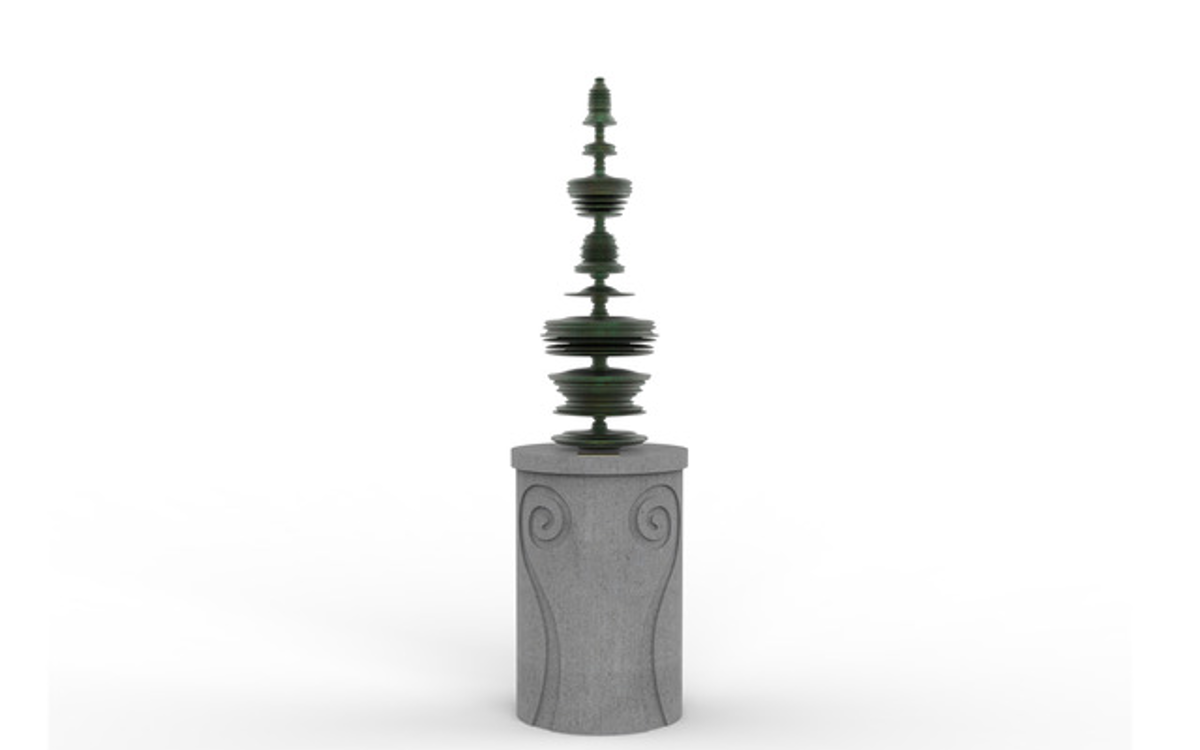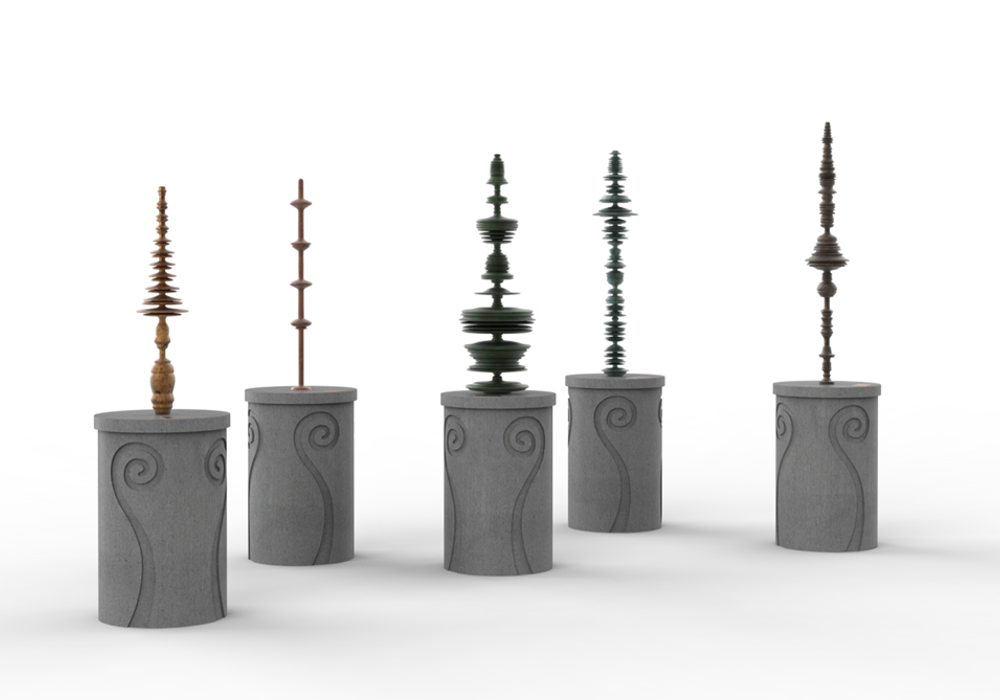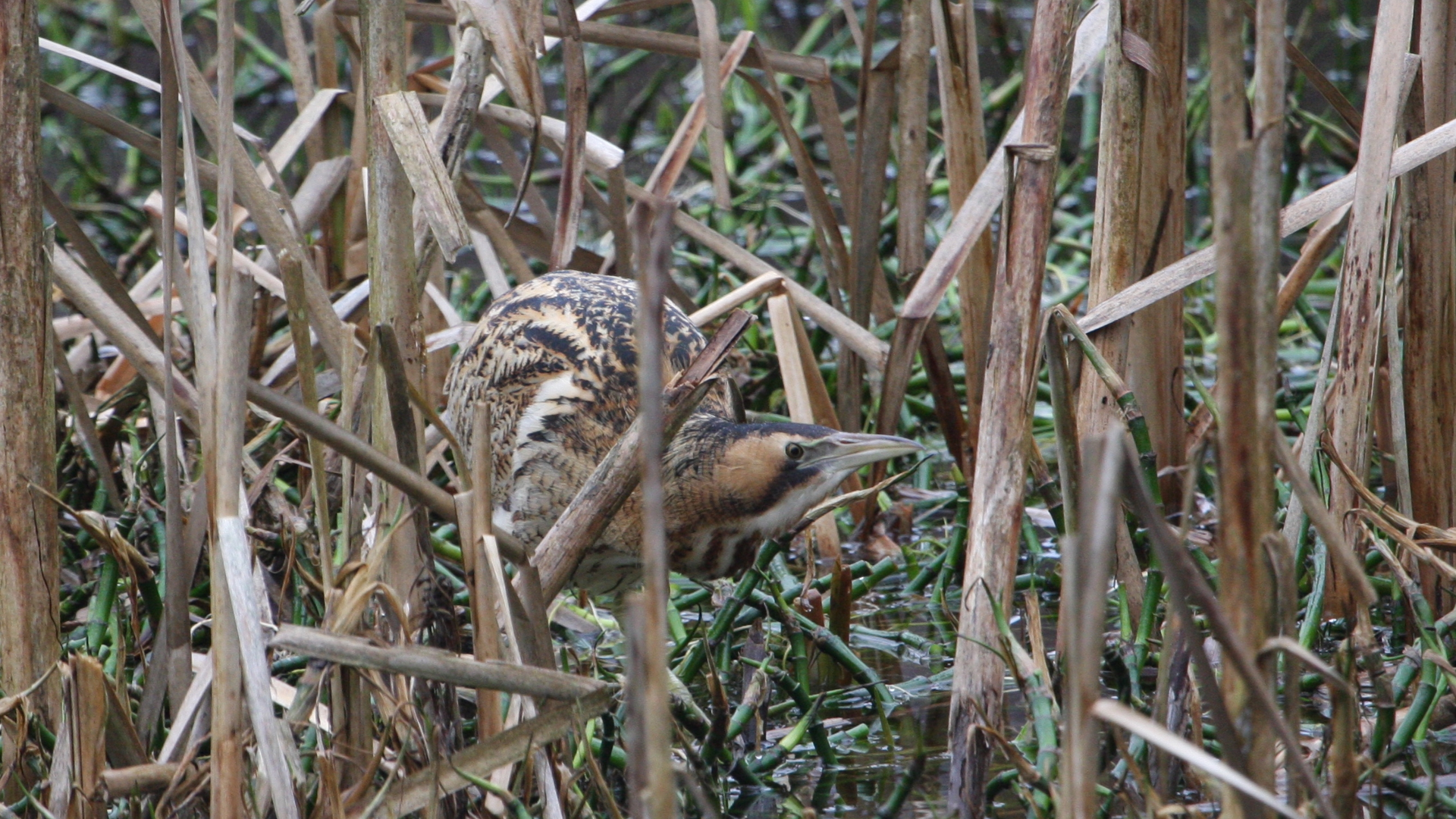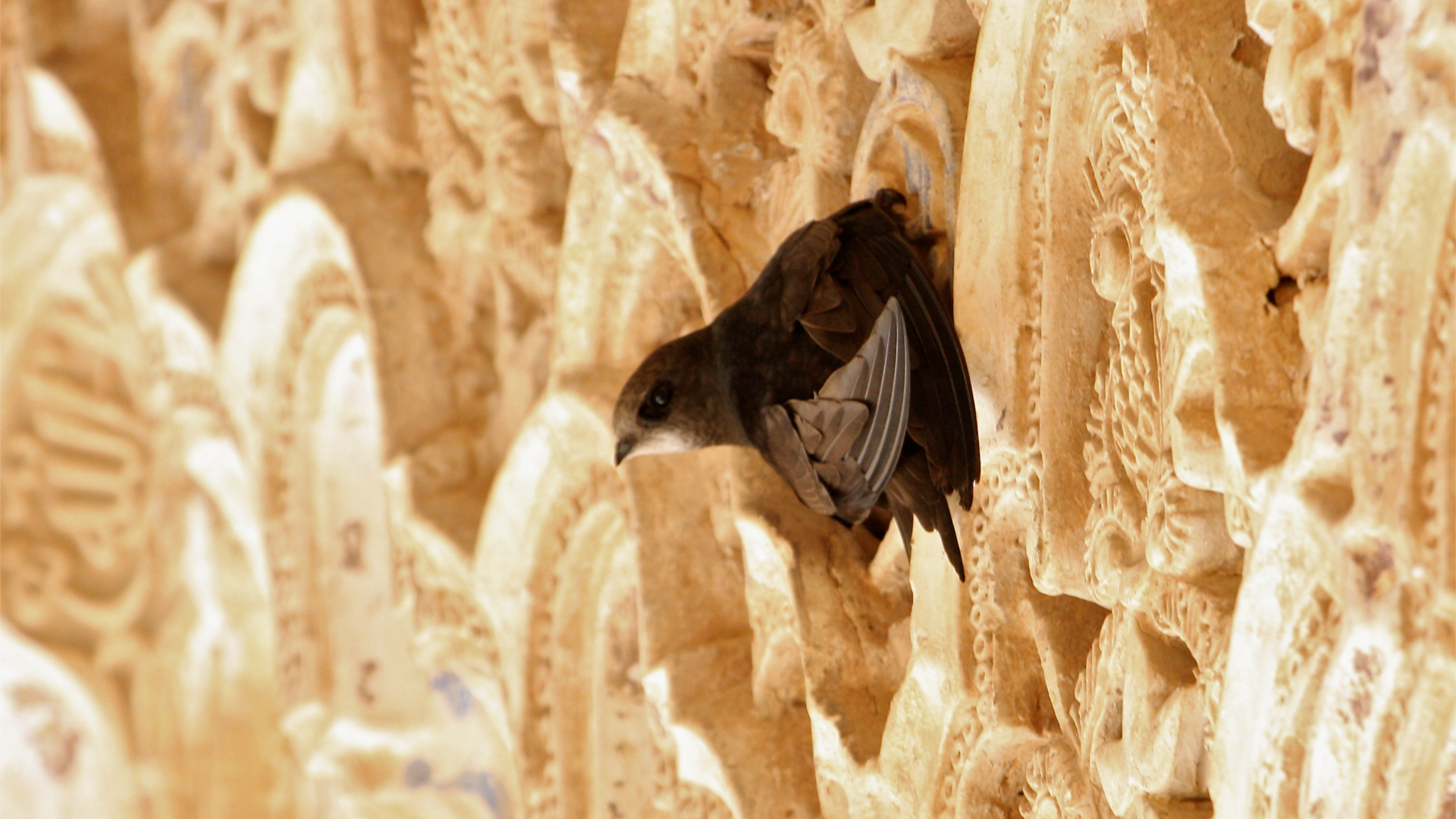The wind rises, rain clouds gather, and most birds fall silent, but one song is loud and clear. This is the Mistle Thrush the largest of our resident thrushes. Cold grey-brown upperparts and a pale breast with large blotchy spots. Found where there are woodlands or tall trees and with open areas for feeding nearby. It is very upright when seen on the ground. Usually strictly territorial but in late summer small flocks may form to forage for food.
Song
The ‘Stormcock’ is one of the earliest songsters of spring and revels in taking up his perch on even a blustery or shower-filled day. From high in a tree in parkland or heathland, he sings his often forlorn yet beautiful song, which gets picked up and carried on the winds.
Each verse is short, barely a second or so long, and is typically composed of just a few lilting, fluty, finely-crafted notes. The gap between each verse is short, all similar yet subtly different so they can seem as if lines of a lovelorn rhyming poem. He may not utter these words, but imagine him singing lines such as, “So you want to go? I pray, go not go. For I love you so” and more in the same heartfelt vein.


Conservation
The Mistle Thrush started its moderate decline in the 1970s and by 2015 it had been added to the red list of ‘birds of most concern’. The reasons for it being in trouble are not clear but appear to be linked to agricultural and habitat changes, and possibly climate change.
Waterton
Waterton called this bird “the Stormcock” which he preferred to what he said was the more usual name of “Mistletoe Thrush”. He was particularly fond of its song. He wrote a short essay about this bird noting that he regularly heard it singing in the autumn and winter – unlike most other species. He calls its song “wild and plaintive”. The grounds of Walton Hall would have been an ideal habitat for this bird.
A Sculpture from The Auguries (Last Calls)
Andy Holden was inspired by the fact that the world’s first recognised nature reserve was founded in the Wakefield Disctrict by Charles Waterton at Walton Hall in 1826. Waterton also invented the ‘hide’ for observing birds. Andy has a special interest in birds and often works with his father, Peter. Peter Holden formerly worked for the Royal Society for the Protection of Birds and created the annual Big Garden Birdwatch.




